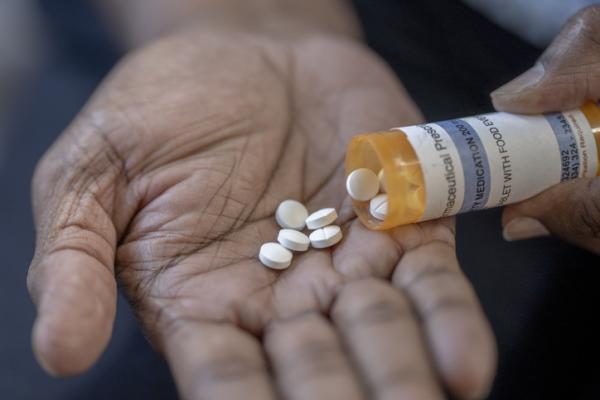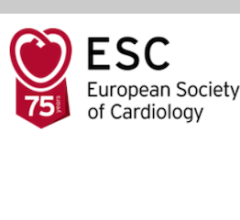
Getty Images
October 1, 2021 — A pooled analysis of two randomized trials has demonstrated the beneficial effects of empagliflozin in patients with heart failure with a reduced and preserved ejection fraction. The late breaking study is presented in a Hot Line at the European Society of Cardiology (ESC) 2021 Congress, and was published in the New England Journal of Medicine.[1]
The EMPEROR-Reduced trial previously showed that the sodium–glucose co-transporter 2 (SGLT2) inhibitor empagliflozin reduced the risk of cardiovascular death or hospitalization for heart failure in patients with heart failure and a reduced ejection fraction.3 Results of the EMPEROR-Preserved trial, presented at ESC Congress 2021, demonstrated that the drug also reduced this composite cardiovascular endpoint in patients with heart failure and a preserved ejection fraction.
The current analysis pooled the results of these two trials on an individual patient level. This was possible because of the similarities between both studies. The trials were carried out in parallel with nearly identical protocols, case report forms, investigative sites, and administrative committees. Both trials evaluated the effects of empagliflozin versus placebo in a randomized and double-blind fashion in patients with established heart failure receiving all appropriate treatments. Empagliflozin or placebo was given for an average of 24 months. The major difference was the enrollment of patients with heart failure and an ejection fraction of 40% or less in EMPEROR-Reduced and patients with heart failure and an ejection fraction of more than 40% in EMPEROR-Preserved.
“This analysis was prospectively designed and we developed a statistical plan before any patient was recruited in either trial," explained principal investigator Milton Packer, M.D., of Baylor University Medical Center, Dallas. "The evaluation was alpha-protected, meaning that the endpoints were statistically powerful and unbiased because by specifying the pooled analysis in the individual trials it was protected from an inflated false positive error rate.”
A total of 9,718 patients were included in the analysis. The evaluation demonstrated that empagliflozin reduced the risk of heart failure hospitalization to a similar degree (about 30% risk reduction) in EMPEROR-Preserved and in EMPEROR-Reduced.
The magnitude of the effect on heart failure hospitalizations was similar across a broad range of ejection fractions below 65%, with attenuation of the drug effect at higher ejection fractions (65% or greater). At ejection fractions of 40–60%, the effect size appeared to be greater with empagliflozin than in the PARAGON-HF trial where sacubitril/valsartan was compared to valsartan.4
The analysis also found that empagliflozin reduced the risk of major renal outcomes in EMPEROR-Reduced, but not in EMPEROR-Preserved. However, in EMPEROR-Preserved, when renal outcomes were defined using more stringent criteria, pretreatment ejection fraction influenced the effect of empagliflozin on renal outcomes in a manner that paralleled the drug’s effect on heart failure hospitalizations.
“Taken together, these findings demonstrate the benefits of empagliflozin across a broad range of patients with heart failure with a reduced and preserved ejection fraction, including many not effectively treated with currently available agents,” Packer said.
Find more ESC late-breaking studies
References:


 August 29, 2025
August 29, 2025 









